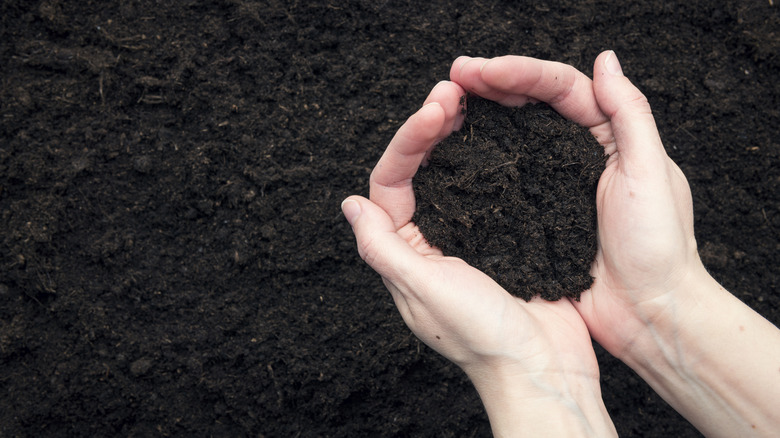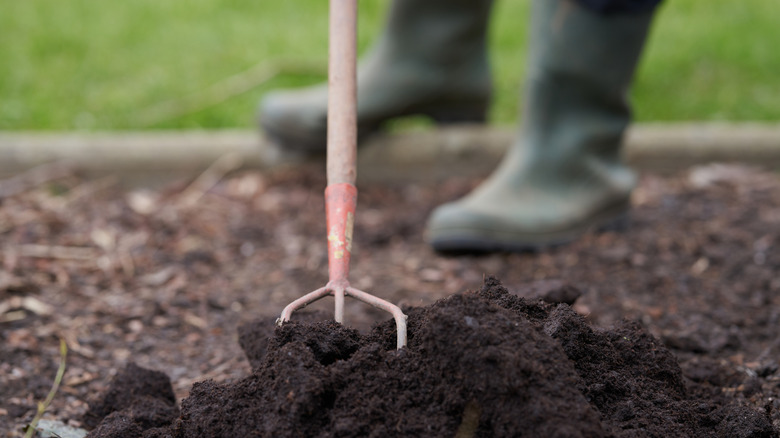What's Really In Your Topsoil (And Why Your Garden Cares)
When gardeners talk, there is a lot of discussion around soil. Not all soil is the same, and the most important type of soil is topsoil. But what exactly is topsoil, and why is it so important to your garden? Topsoil is the uppermost layer of soil, typically 5 to 12 inches deep, and is essential for healthy plant growth. It's usually darker than the layers below because of its higher organic matter content, which helps retain moisture and nutrients. Good topsoil is a mix of sand, silt, clay, and organic matter that creates a loose, fertile environment for plants.
The texture of topsoil is very important. Ideal types provide a balance between well-drained and moisture retention quality. Soils that are too sandy dry out quickly, while heavy clays can suffocate roots and stay wet too long. A proper balance ensures plants get enough air, water, and nutrients. Organic matter, which should make up 2% to 10% of the soil, helps improve structure and nutrient availability. However, too much can lead to compaction or acidity problems.
Topsoil is often sold by the cubic yard and should be screened to remove rocks and debris before you buy it. The quality of the soil is more important than its appearance. Very dark soil color may tell you that it is rich, but it could have come from wetlands and be poorly suited to garden use. Be wary of buying or receiving free topsoil from your municipality. Oftentimes, it's sourced from yard waste that can be contaminated with herbicides, garbage, broken bits of glass, or other contaminants. At the very least, municipal topsoil should never be used in edible gardens.
Build healthy topsoil in the home garden
It takes nature about 500 years to make one inch of topsoil. Once you realize how precious a commodity topsoil is, as a gardener, you will want to do everything you can to build healthy soil in your own gardens.
To start with, focus on creating structure and life in the soil. Start by adding organic matter like compost, leaf mold, or aged manure. These feed the beneficial bacteria and fungi that produce sticky substances to bind soil particles into stable aggregates. The soil's structure helps it hold moisture, resist erosion, and stay loose enough for roots, water, and air to move freely. Attract earthworms and insects to your garden by avoiding synthetic chemicals and tilling less often. These creatures create natural tunnels that improve drainage and bring oxygen into the soil, which helps beneficial microbes thrive and keeps harmful anaerobic ones, which can cause plant diseases, in check.
Use mulch to protect the surface, regulate temperature, and support microbial life. Choose natural materials like straw, shredded leaves, or wood chips. These break down over time and feed the soil, slowly building up organic matter. Avoid plastics or landscape fabric, which can block air and water from reaching the soil. If your soil is compacted or poor in texture, grow cover crops or deep-rooted plants to naturally break it up and add organic material. Over time, these simple tips for creating healthy topsoil in your garden will result in better plant growth, fewer weeds, and a healthier ecosystem in your garden beds.

